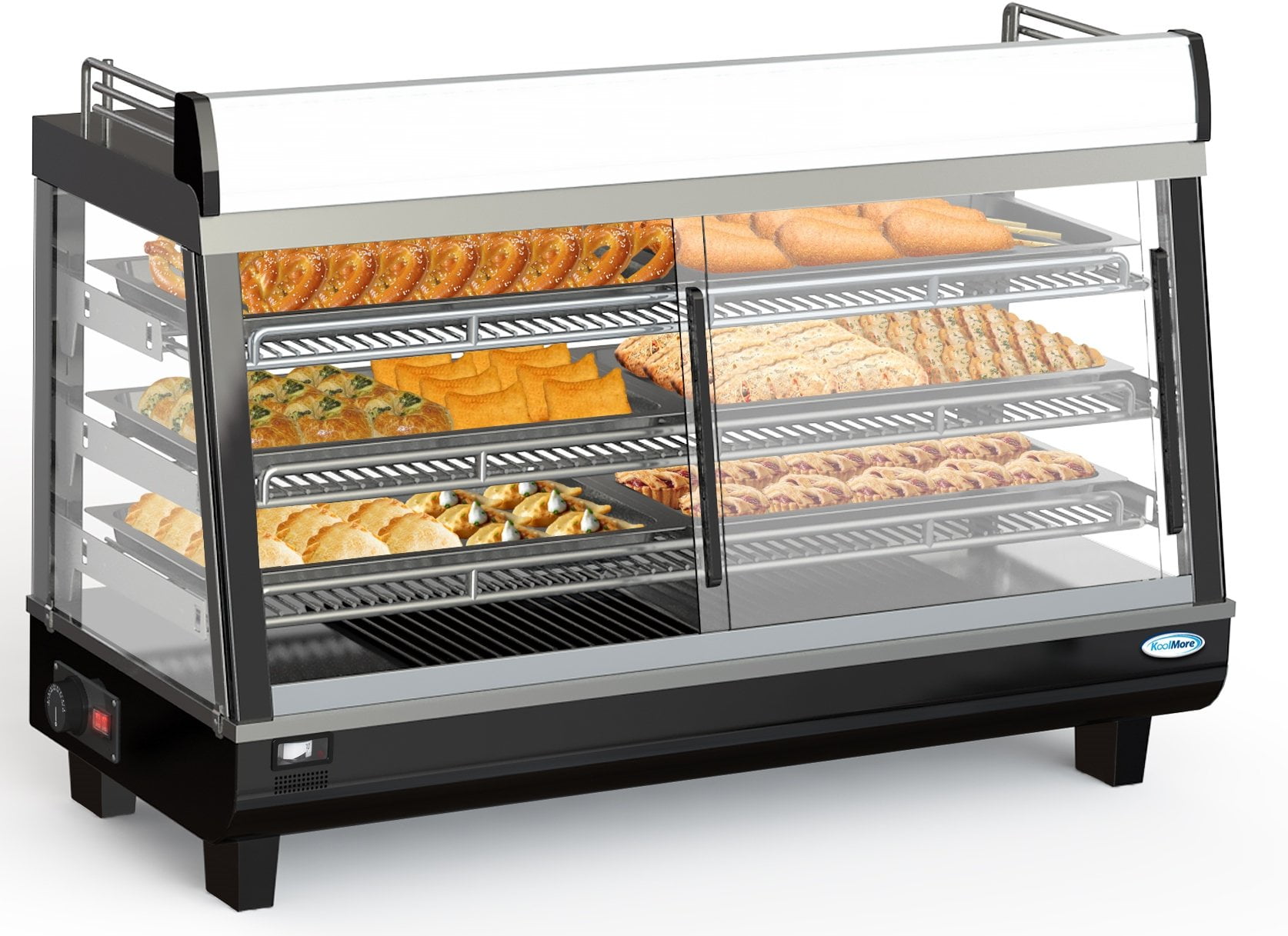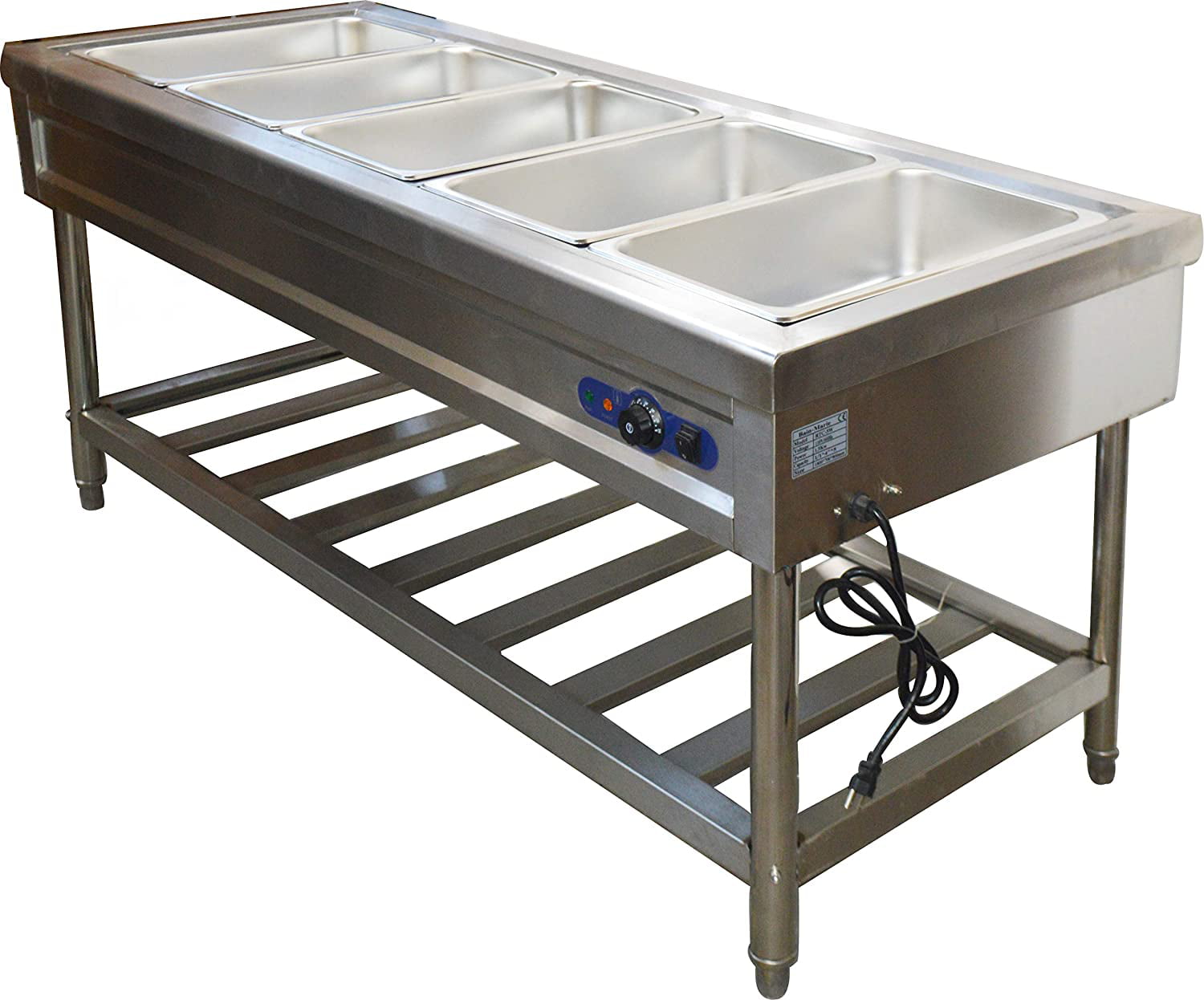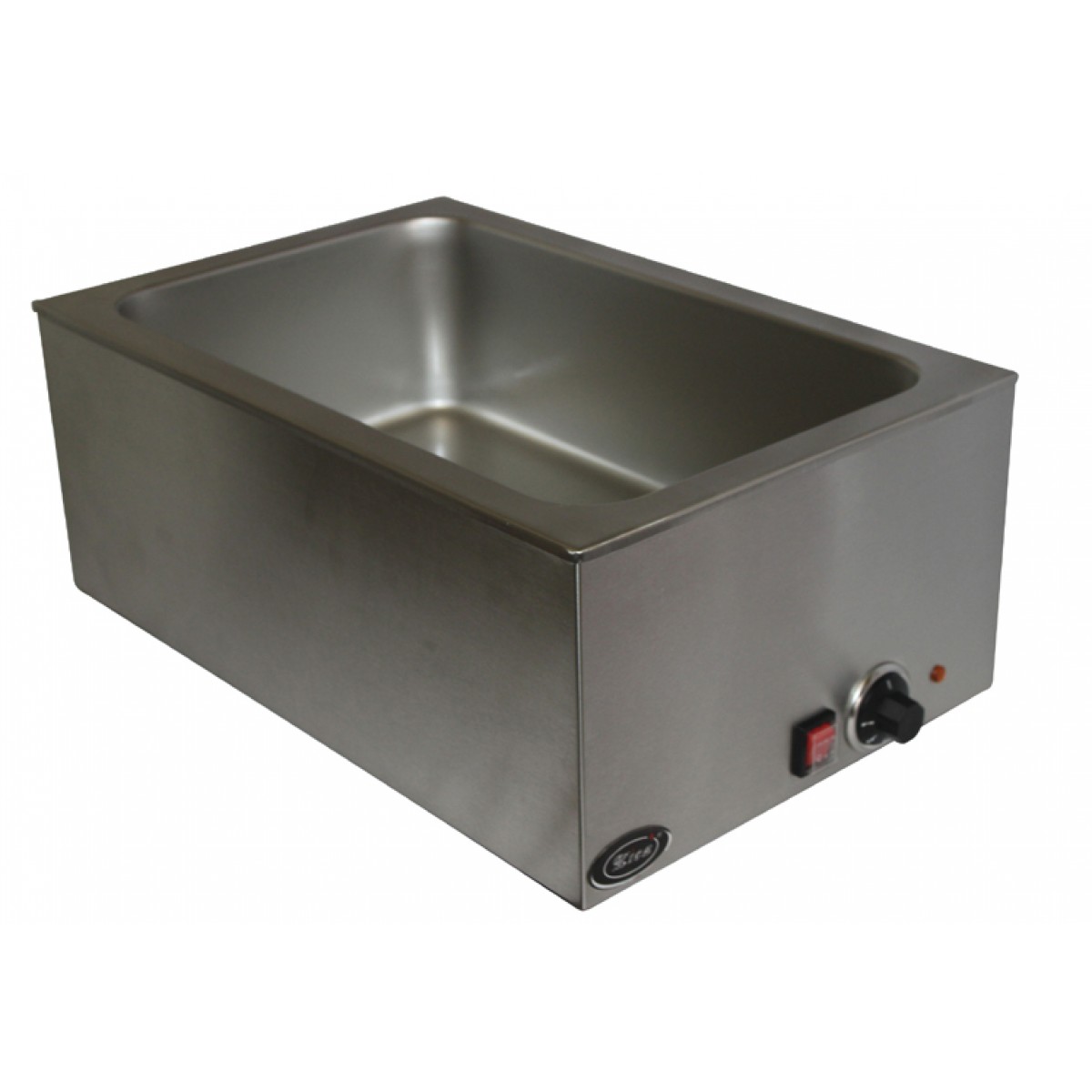Restaurant food warmers – In the bustling world of the restaurant industry, food warmers play a crucial role in maintaining the quality and freshness of culinary creations. From sizzling steaks to delicate pastries, these essential appliances ensure that dishes reach diners at their optimal temperature, tantalizing taste buds and enhancing the overall dining experience.
Delving deeper into the realm of restaurant food warmers, this comprehensive guide explores the various types available, their advantages and disadvantages, and the best practices for ensuring food safety, energy efficiency, and optimal functionality. Whether you’re a seasoned restaurateur or just starting out, this in-depth analysis will provide you with the knowledge and insights needed to make informed decisions about these indispensable kitchen companions.
Restaurant Food Warmer Types

Restaurant food warmers are essential for keeping food at safe and palatable temperatures during service. Various types of food warmers are available in the market, each with its unique features and benefits.
The choice of food warmer depends on factors such as the type of food, volume of food to be kept warm, and the specific requirements of the establishment.
Convection Food Warmers
Convection food warmers use hot air to circulate around the food, ensuring even heating and preventing drying out. They are suitable for a wide range of foods, including entrees, sides, and pastries.
- Advantages: Even heating, prevents drying out, energy-efficient.
- Disadvantages: Can be bulky, may require preheating.
Radiant Food Warmers
Radiant food warmers emit infrared heat directly onto the food, creating a warm and inviting presentation. They are ideal for keeping food warm at serving temperatures for extended periods.
- Advantages: Quick heating, no preheating required, stylish presentation.
- Disadvantages: Can create hot spots, may not be suitable for all types of food.
Steam Table Food Warmers
Steam table food warmers use hot water or steam to keep food warm. They are commonly used in buffet lines and self-service areas.
- Advantages: Gentle heating, preserves moisture, large capacity.
- Disadvantages: Requires water supply, can be bulky.
Induction Food Warmers
Induction food warmers use electromagnetic induction to generate heat directly in the cookware. They are highly energy-efficient and offer precise temperature control.
- Advantages: Energy-efficient, precise temperature control, rapid heating.
- Disadvantages: Requires compatible cookware, can be expensive.
Portable Food Warmers
Portable food warmers are designed for use in catering, delivery, or other off-site events. They are lightweight and easy to transport, ensuring food stays warm during transit.
- Advantages: Portable, convenient, ideal for off-site events.
- Disadvantages: Limited capacity, may not be suitable for long-term use.
Food Safety and Temperature Control
Maintaining proper food temperatures in restaurant food warmers is crucial for ensuring food safety. Foodborne pathogens thrive at temperatures between 40°F and 140°F, known as the “temperature danger zone.” Holding food within this range allows bacteria to multiply rapidly, increasing the risk of foodborne illnesses.
Best Practices for Ensuring Food Safety in Food Warmers, Restaurant food warmers
*
-*Monitor food temperatures regularly
Use a food thermometer to ensure food is held at a safe temperature throughout the holding period.
-
-*Establish clear holding time limits
Food should not be held in warmers for extended periods. Establish specific holding times based on food type and temperature.
-*Rotate food regularly
To prevent uneven heating, stir or rotate food periodically to ensure even distribution of heat.
-*Cover food
Keep food covered to prevent contamination and moisture loss.
-*Clean and sanitize warmers regularly
Food warmers should be cleaned and sanitized daily to prevent the growth of bacteria.
Energy Efficiency and Cost Savings
Energy efficiency is a crucial factor for restaurants looking to reduce operating costs and minimize their environmental impact. Food warmers can significantly contribute to energy consumption, making it essential to choose energy-efficient models.Different types of food warmers vary in energy consumption.
Convection warmers, which circulate hot air, tend to be more energy-efficient than radiant warmers, which emit infrared radiation. Additionally, models with adjustable temperature controls and insulation features can help reduce energy usage.
Energy-Saving Features
Energy-efficient food warmers incorporate several features and technologies to minimize energy consumption:
- Adjustable temperature controls:Allow restaurants to set the temperature precisely, reducing energy waste.
- Insulation:Keeps heat inside the warmer, reducing the need for continuous energy input.
- Energy-efficient lighting:LED or fluorescent lighting consumes less energy than traditional incandescent bulbs.
- Automatic shut-off features:Turn off the warmer when not in use, preventing unnecessary energy consumption.
By investing in energy-efficient food warmers, restaurants can reap significant cost savings over time. Reduced energy consumption translates to lower utility bills and a smaller carbon footprint, making it a win-win situation for both the business and the environment.
Design and Functionality

When designing restaurant food warmers, several key considerations come into play:
Durability: Food warmers must withstand the rigors of a busy restaurant environment, including frequent use, spills, and high temperatures. Durable materials such as stainless steel and aluminum are commonly employed to ensure longevity.
Ease of Use: Food warmers should be user-friendly for both staff and customers. Intuitive controls, ergonomic handles, and clear displays enhance ease of operation.
Aesthetics: Food warmers can complement the overall decor of a restaurant. Sleek designs, stylish finishes, and customizable options allow operators to match the warmers to their specific aesthetic preferences.
Innovative Food Warmer Designs
Innovative food warmer designs are constantly emerging, enhancing functionality and efficiency. Some notable examples include:
- Infrared Food Warmers:Utilize infrared technology to evenly distribute heat, preventing food from drying out.
- Induction Food Warmers:Employ electromagnetic induction to generate heat directly in cookware, ensuring rapid and precise temperature control.
- Modular Food Warmers:Offer flexibility by allowing operators to combine and arrange different units to meet specific space and capacity requirements.
- Self-Regulating Food Warmers:Automatically adjust heat output based on the temperature of the food, preventing overcooking and maintaining optimal food quality.
Capacity and Space Optimization
Determining the appropriate capacity for a food warmer involves considering factors such as menu offerings, customer volume, and peak serving times. A food warmer that is too small can lead to overcrowding and inefficient food storage, while a warmer that is too large can waste energy and space.
Space-saving techniques and designs can help optimize food warmer placement. Stackable food warmers allow for vertical storage, while modular units can be customized to fit specific kitchen layouts. Additionally, recessed or under-counter food warmers can be integrated into existing cabinetry, maximizing space utilization.
Examples of Space-Saving Food Warmer Configurations
- A small restaurant with limited counter space can use a stackable food warmer to store frequently ordered items, freeing up valuable counter space for other tasks.
- A large buffet-style restaurant can utilize modular food warmers to create a custom serving line that accommodates a variety of dishes and serving sizes.
- A food truck can install an under-counter food warmer to keep food hot and ready to serve without taking up valuable cooking space.
Cleaning and Maintenance
Regular cleaning and maintenance are crucial for ensuring food warmers operate optimally and meet hygiene standards. Neglecting maintenance can compromise food safety and lead to costly repairs or replacements.
The cleaning and maintenance procedures vary depending on the type of food warmer.
Daily Cleaning
- Wipe down exterior surfaces with a damp cloth to remove food debris and spills.
- Clean removable parts, such as shelves, drawers, and drip trays, in hot soapy water.
- Check for any damage or malfunctioning components.
Weekly Cleaning
- Deep clean the interior with a food-grade cleaner and disinfectant.
- Descale the heating element using a vinegar solution.
- Inspect electrical cords and connections for any damage.
Monthly Cleaning
- Disassemble the food warmer for a thorough cleaning.
- Clean all components, including fans, motors, and heating elements.
- Lubricate moving parts to ensure smooth operation.
Neglecting food warmer maintenance can lead to:
- Reduced food quality and safety
- Increased energy consumption
- Shorter lifespan of the equipment
- Potential fire hazards
Emerging Trends and Innovations

The restaurant industry is constantly evolving, and food warmers are no exception. In recent years, we’ve seen a number of new trends and innovations that are improving the way food is kept warm and fresh.
One of the most significant trends is the use of smart technology. Smart food warmers can be controlled remotely, allowing operators to adjust the temperature and monitor the status of the food from anywhere. This can help to improve food safety and reduce waste.
Another trend is the use of induction heating. Induction heating uses electromagnetic energy to create heat, which is more efficient and precise than traditional heating methods. This can help to keep food warm and fresh for longer periods of time.
The Future of Food Warming
The future of food warming in restaurants is bright. As technology continues to evolve, we can expect to see even more innovative and efficient ways to keep food warm and fresh.
One area of research is the development of self-heating food containers. These containers would use a variety of technologies, such as induction heating or phase-change materials, to keep food warm without the need for an external heat source.
Another area of research is the development of food warmers that can be integrated into tabletops. This would allow customers to keep their food warm and fresh right at their table, without having to get up and go to a buffet or warming station.
These are just a few of the emerging trends and innovations in restaurant food warmers. As the industry continues to evolve, we can expect to see even more exciting and innovative ways to keep food warm and fresh.
Top FAQs: Restaurant Food Warmers
What are the different types of restaurant food warmers?
Restaurant food warmers come in a variety of types, including heated display cases, bain-maries, holding cabinets, and infrared warmers. Each type offers unique features and benefits, such as temperature control, humidity control, and space optimization.
How do I choose the right food warmer for my restaurant?
Choosing the right food warmer for your restaurant depends on several factors, including the type of food you serve, the volume of food you need to warm, and the available space in your kitchen. Consider the features and benefits of each type of food warmer to determine the best fit for your specific needs.
How do I ensure food safety when using food warmers?
To ensure food safety when using food warmers, it is crucial to maintain proper food temperatures, clean and sanitize the warmers regularly, and follow best practices for food handling. Regular temperature monitoring and staff training are essential to prevent foodborne illnesses.
